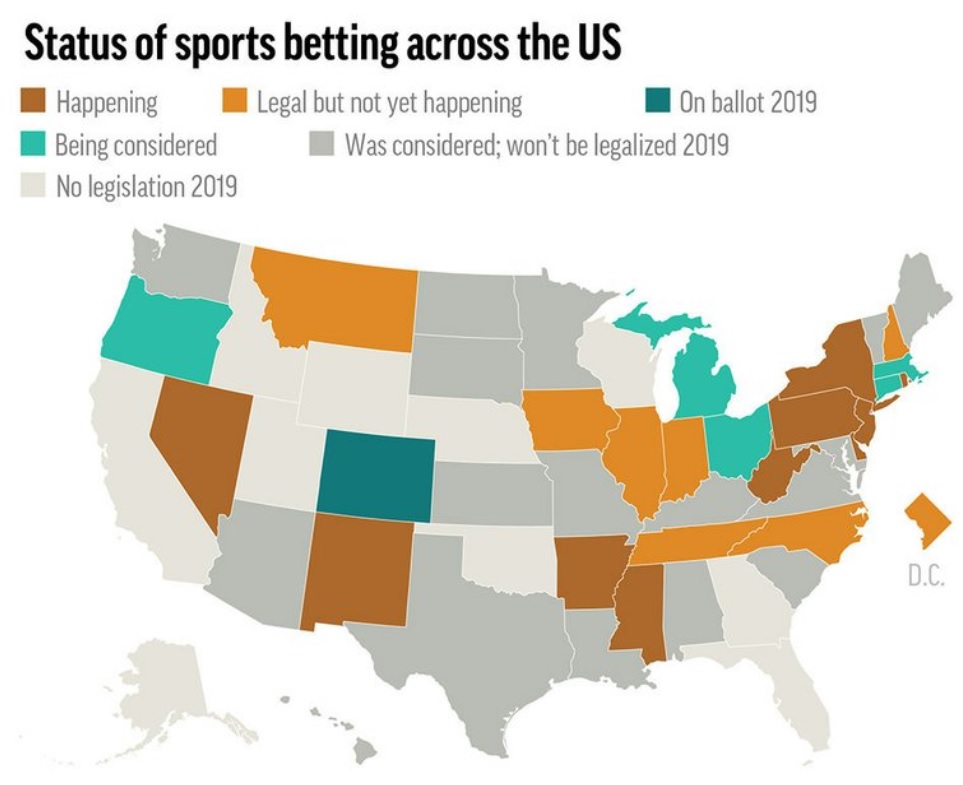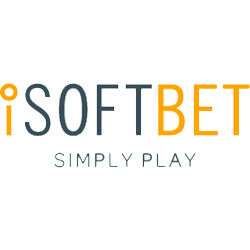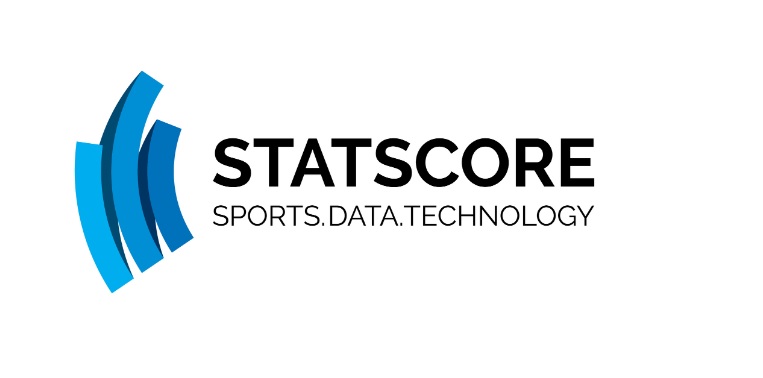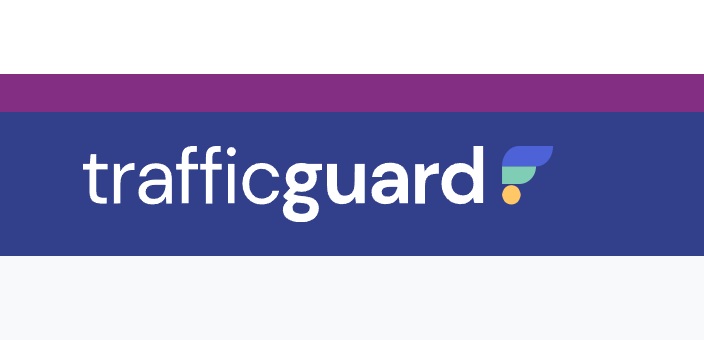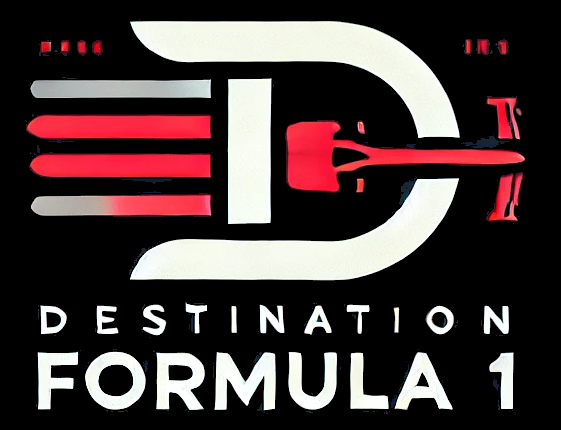Understanding the impact of the 1968 Act casino slot-allocation changes, self-service betting terminals and stake limits. By Edwin Ford
In a significant development, it was announced that 1968 Act casinos will be allowed to increase their slot machine allocations, with the changes expected to take effect as early as late July this year. The new regulation will require casinos to notify the relevant commission of their intent to increase the number of machines, even if it’s by just one. This notification will also need to confirm that the premises meet the relevant size requirements for the machines. The total number of machines will be capped at 80, regardless of whether the casino operates multiple licenses on the same premises. Once this notification is accepted, the question arises: Does this transition make the casino subject to the 2005 Act? If so, can the casino then operate self-service betting terminals (SSBTs) under a betting license?
Transition to 2005 Act Licenses
Under the current 1968 Act, casinos are subject to specific limits on the number of gaming machines they can operate, based on their premise’s size and licensing category. The 2005 Act, however, offers more-comprehensive rules regarding gaming machines and the operation of additional betting services, including SSBTs.
Once a casino submits its notification to increase slot numbers, the next logical question is whether this means the casino is now operating under the 2005 Act framework. This would allow greater flexibility in how machines are operated, but it also introduces new considerations, particularly about the use of SSBTs.
Operating SSBTs
SSBTs are machines designed to allow customers to place bets on future real events, such as horse races, in automated fashion. These terminals are not considered gaming machines, which means they don’t count towards the cap on gaming machines. Nor do they fall under the same stake and prize limitations. However, when SSBTs are used to place bets on virtual events (such as computer-generated races or events), they are classified as gaming machines and count towards the maximum permitted number of gaming machines.
It’s also important to note that the use of SSBTs for betting on real events is considered a form of remote communication. Consequently, a remote-betting license is required to operate these terminals in a way that facilitates betting for customers.
Conditions on SSBT Use
For casinos operating under the 2005 Act, certain conditions apply to the use of SSBTs:
- Licensing authorities may impose limits on the number of SSBTs available, considering factors such as their accessibility to minors or vulnerable individuals.
- If SSBTs are available in multiple languages, operators must ensure that critical information — such as responsible gambling guidance and access to support services — is also provided in those languages.
- The Commission also emphasizes that licensing authorities should assess whether the SSBTs can be effectively monitored and controlled to ensure they are not misused, especially by underage or vulnerable customers.
Stake Limits and Age Considerations
The issue of stake limits was addressed in the 2023 White Paper on gambling reforms, which aimed to create a level playing field between remote and non-remote gambling operators. The White Paper proposed that remote gambling operators must impose stake limits of £2 for players aged 18-24 and £5 for players aged 25 and above.
The proposed stake limits are part of the effort to protect younger players, who may be more susceptible to gambling harm, by limiting their exposure to higher stakes. The goal of the White Paper was to align both the remote and non-remote sectors, ensuring that consumers are equally protected regardless of how or where they gamble.
This raises an important question about whether these stake limits, designed for the remote-gambling sector, will apply to land-based, nonremote casinos. Since the legal age to gamble in a casino is 18 and land-based casinos typically operate in person, there is uncertainty around whether these stake caps will extend to physical casinos as well.
Moving Forward: The Need for Clarity
The changes in slot machine allocations for 1968 Act casinos, alongside the potential introduction of SSBTs, could fundamentally shift the landscape of land-based casino operations.
Operators will need further clarification from the relevant authorities on how these changes will be implemented and whether specific regulations (such as the stake caps for younger players) will apply to land-based casinos as well. Until the powers that be can provide more detailed guidance, it remains uncertain how these new rules will impact the operation of non-remote gambling establishments.
Conclusion
The recent announcement regarding the potential increase in slot machine allocations for 1968 Act casinos is certainly good news for operators, offering them greater flexibility and growth potential. However, with the final announcement slated for July 22 and the full guidelines yet to be published, all stakeholders can only wait in anticipation. Until those official guidelines are released, the full scope of these changes, along with their impact on SSBT operations and stake limits, remains uncertain. Only with final clarification from the relevant authorities will operators fully understand how these changes will shape the future of casino operations.
*** This exclusive article was originally published in Sports Betting Operator Magazine Issue 016 Volume 7 May 2025***






